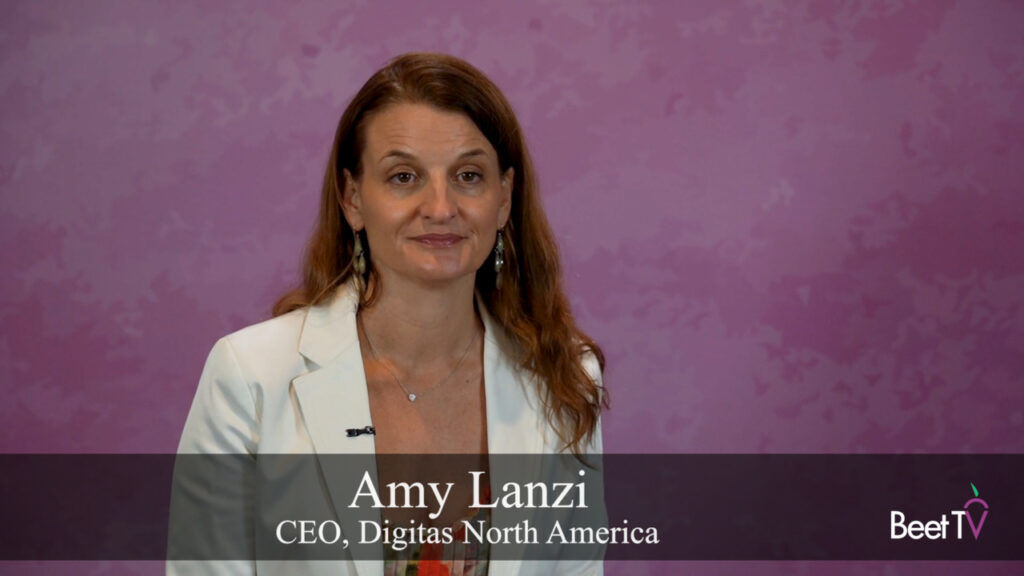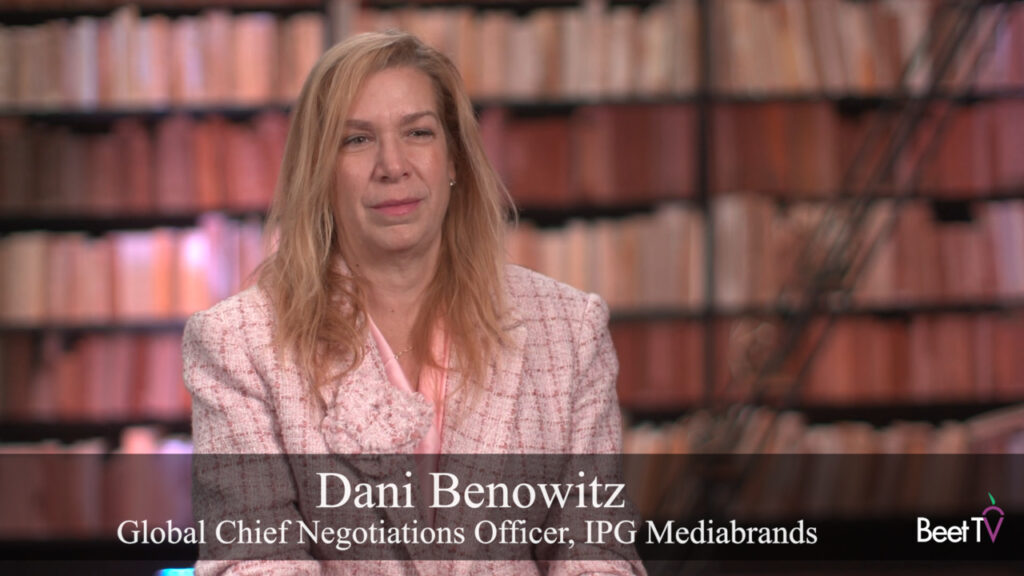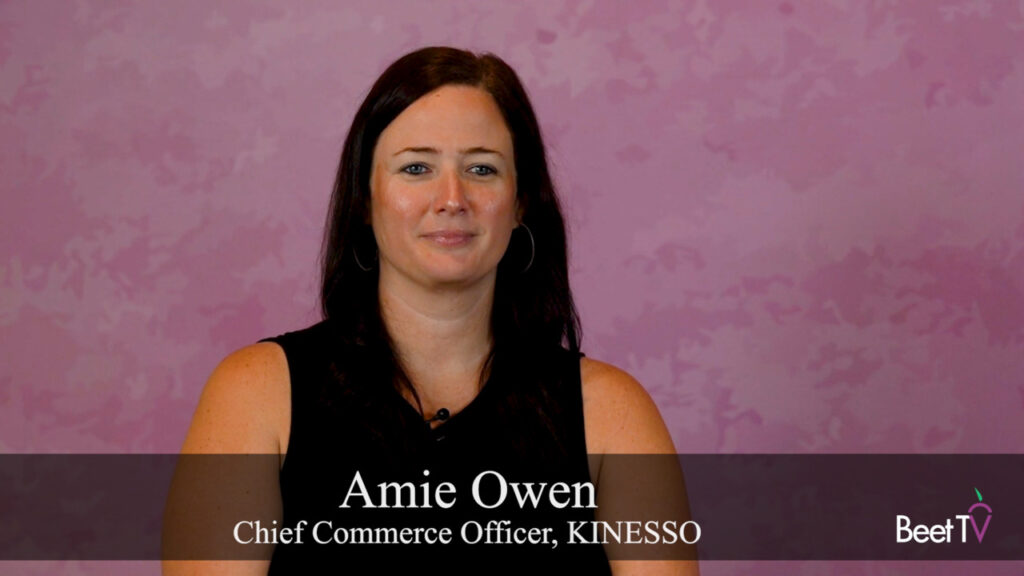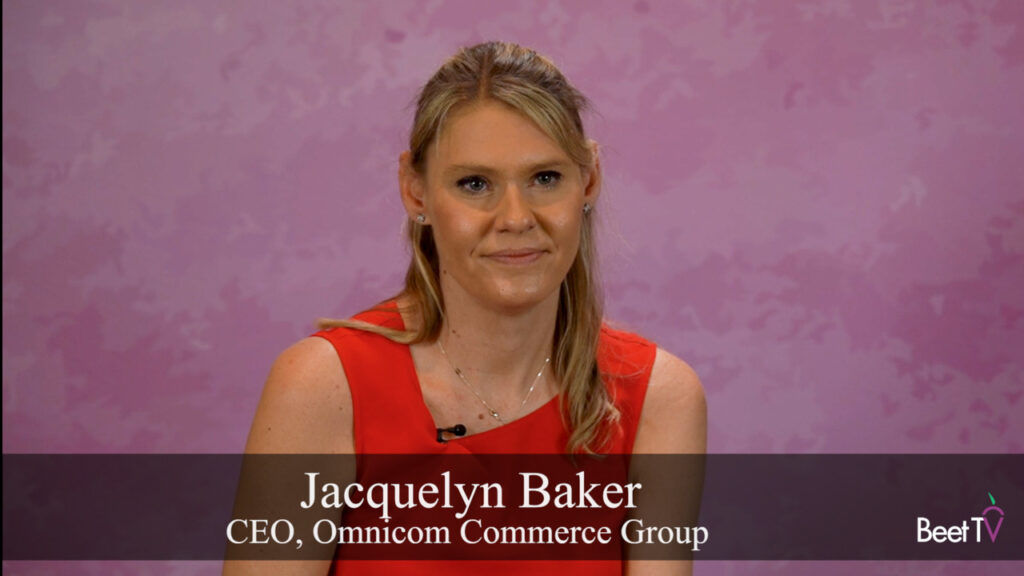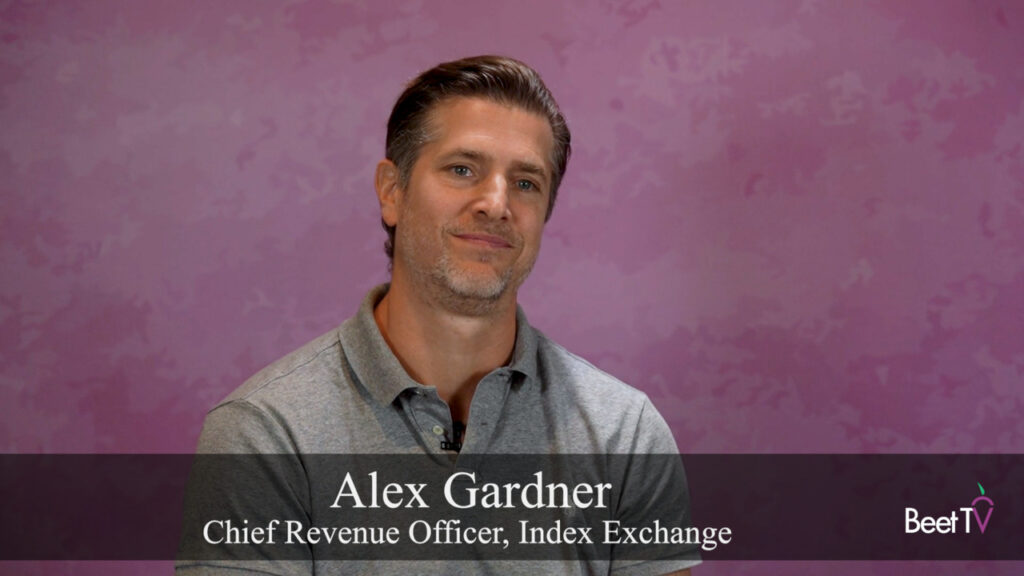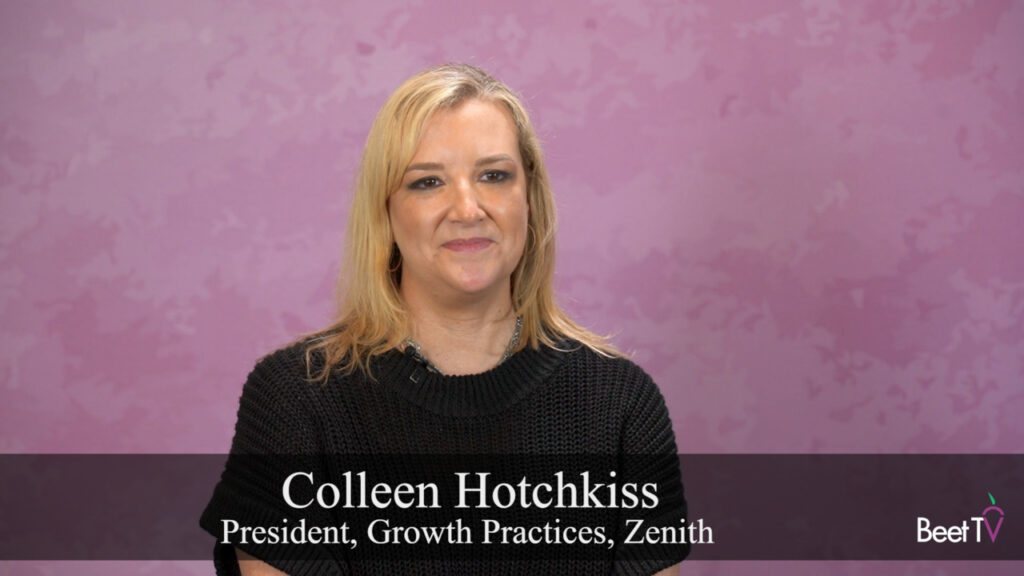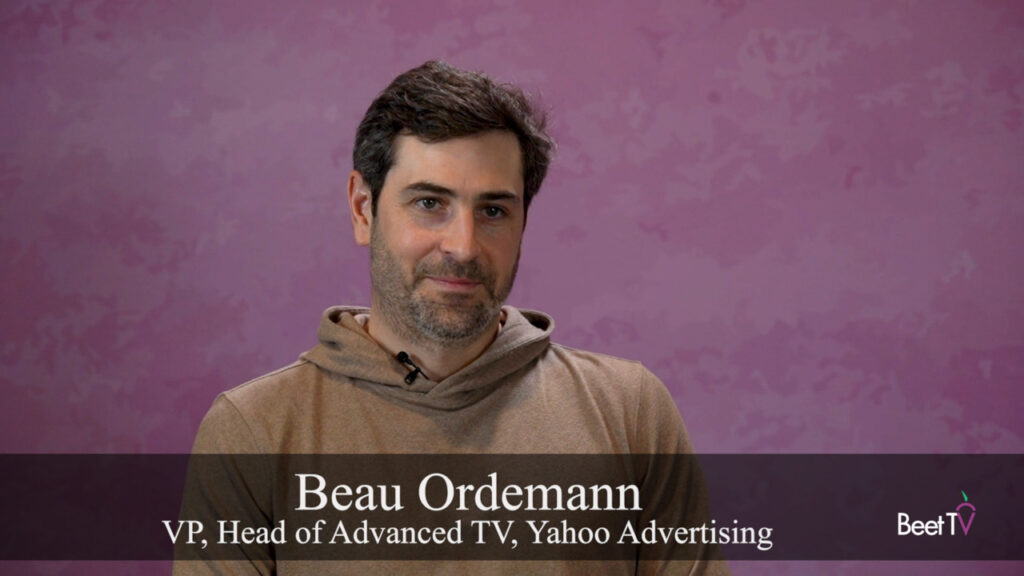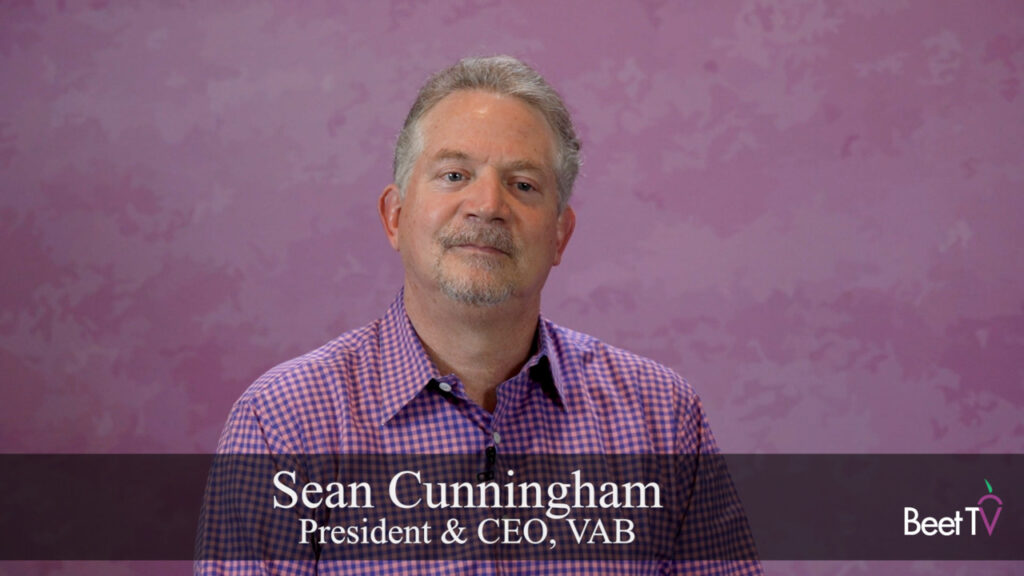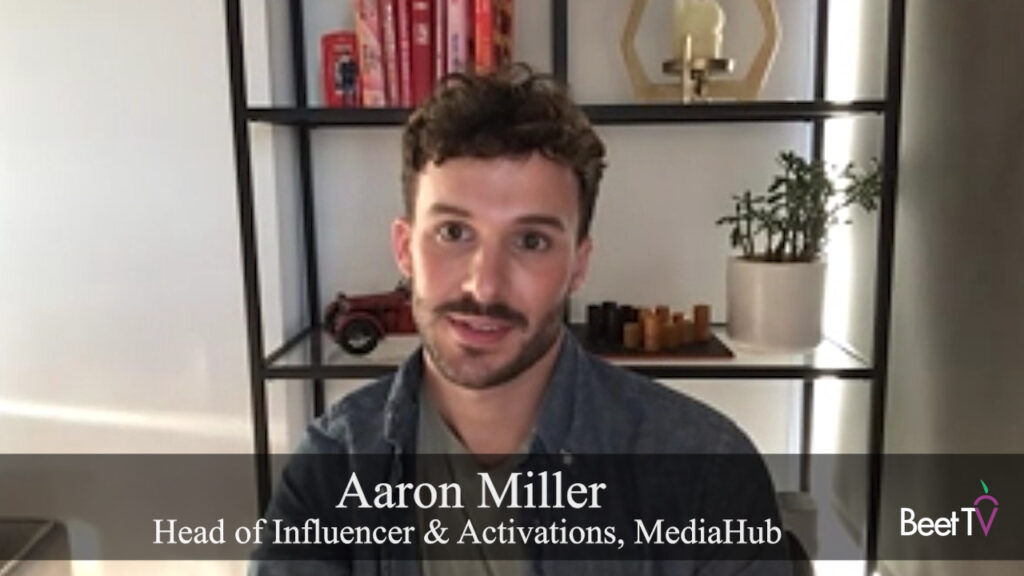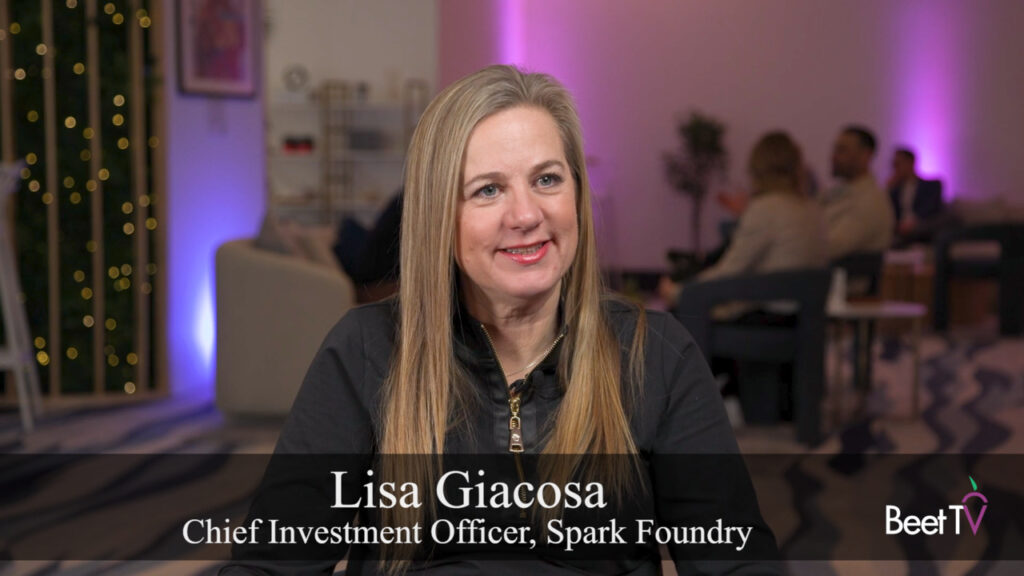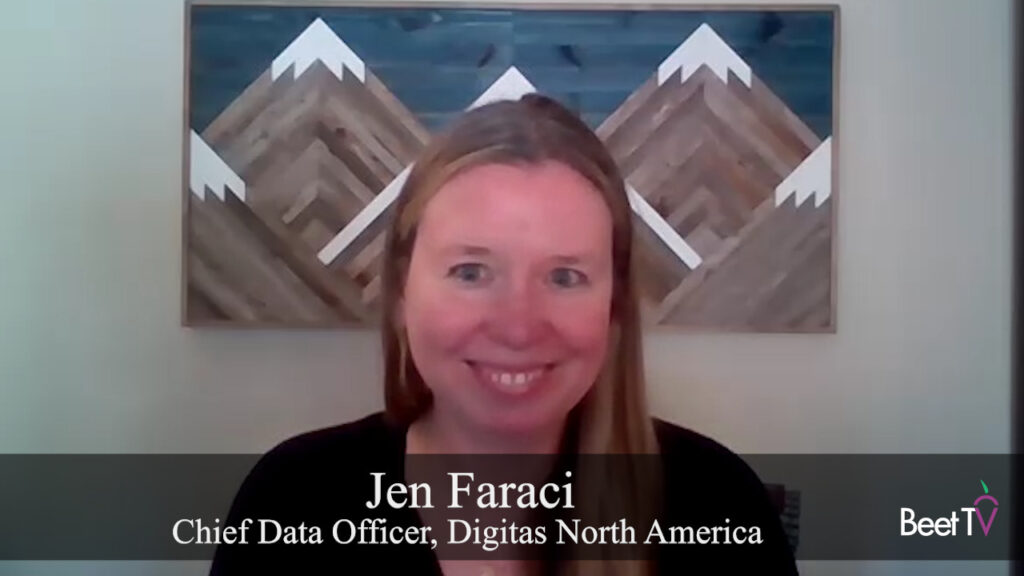LAS VEGAS – That people constantly multitask is yesterday’s news. How they allocate their time across devices within a given time period—and what that allocation will look like five years from now—is what’s important to Brian Hughes.
As he attends the annual Nielsen Consumer 360 event, the SVP of Audience Analysis Practice Lead for Interpublic’s MAGNA GLOBAL media agency network says he’s happy that time spent with a given medium is part of Nielsen’s Total Audience offering.
According to Hughes, the metric of average audience is one common theme at the event. He cites as an example Yahoo’s live streaming of a football game last October and the number of individuals who viewed it compared to the average audience in any given minute.
“Obviously, when you compare TV to the live stream the average minute audience for TV is substantially higher,” Hughes says in an interview with Beet.TV. “And in that case I think average audience is a useful way to distinguish between the two.”
However, when comparing a 60-minute TV program versus a three-minute YouTube clip average audience becomes less valuable. “I think we have to think of it more in terms of how much time is spent over a longer frame of time, the course of a week for example,” Hughes says. “How much time were people on their phone versus watching TV and how does that help us understand how we should be parceling out our advertisers’ dollars to best take advantage of consumer habits.”
What everyone agrees on is that more devices do not translate into more time to consume media.
“Consumer media time as a whole is kind of maxed out so there just simply isn’t any more hours left in the day to spend on media,” Hughes says. “Within that framework, what we’re really looking at is how does the share between the platforms, the different media types, shift over time and where do we think it’s going to be in five years versus now.”
This video is part of series produced at Consumer 360. The series is sponsored by Nielsen. Please visit this page for additional segments.








